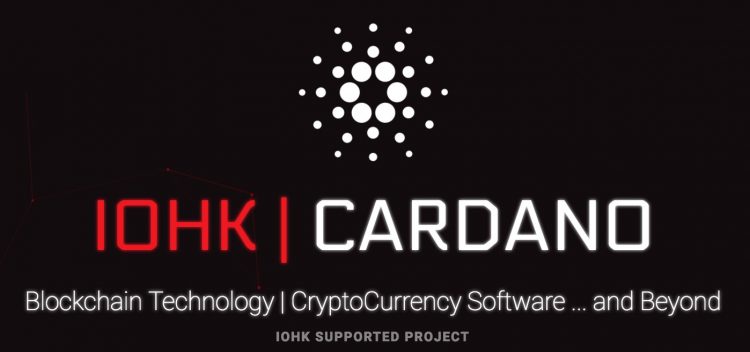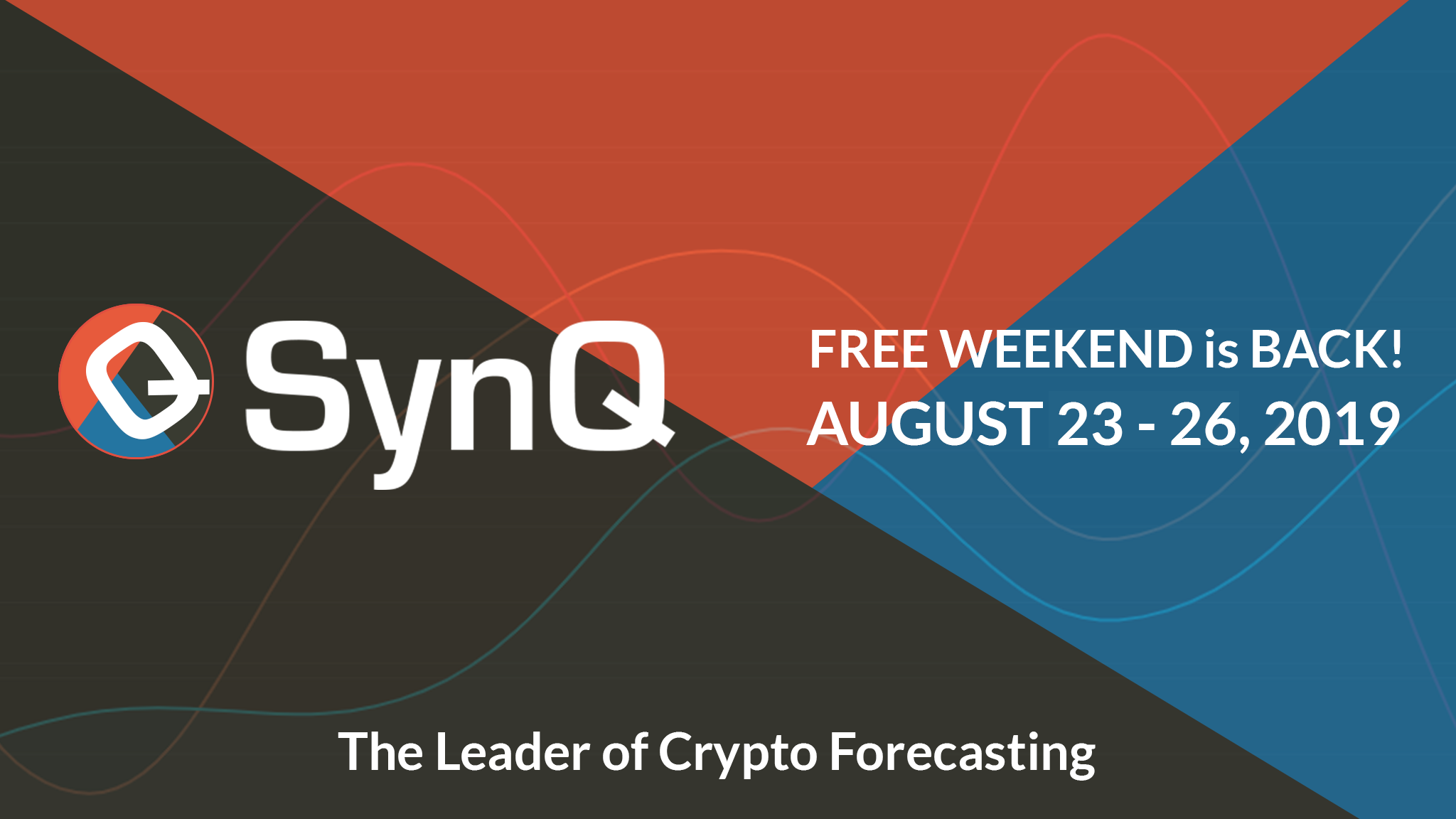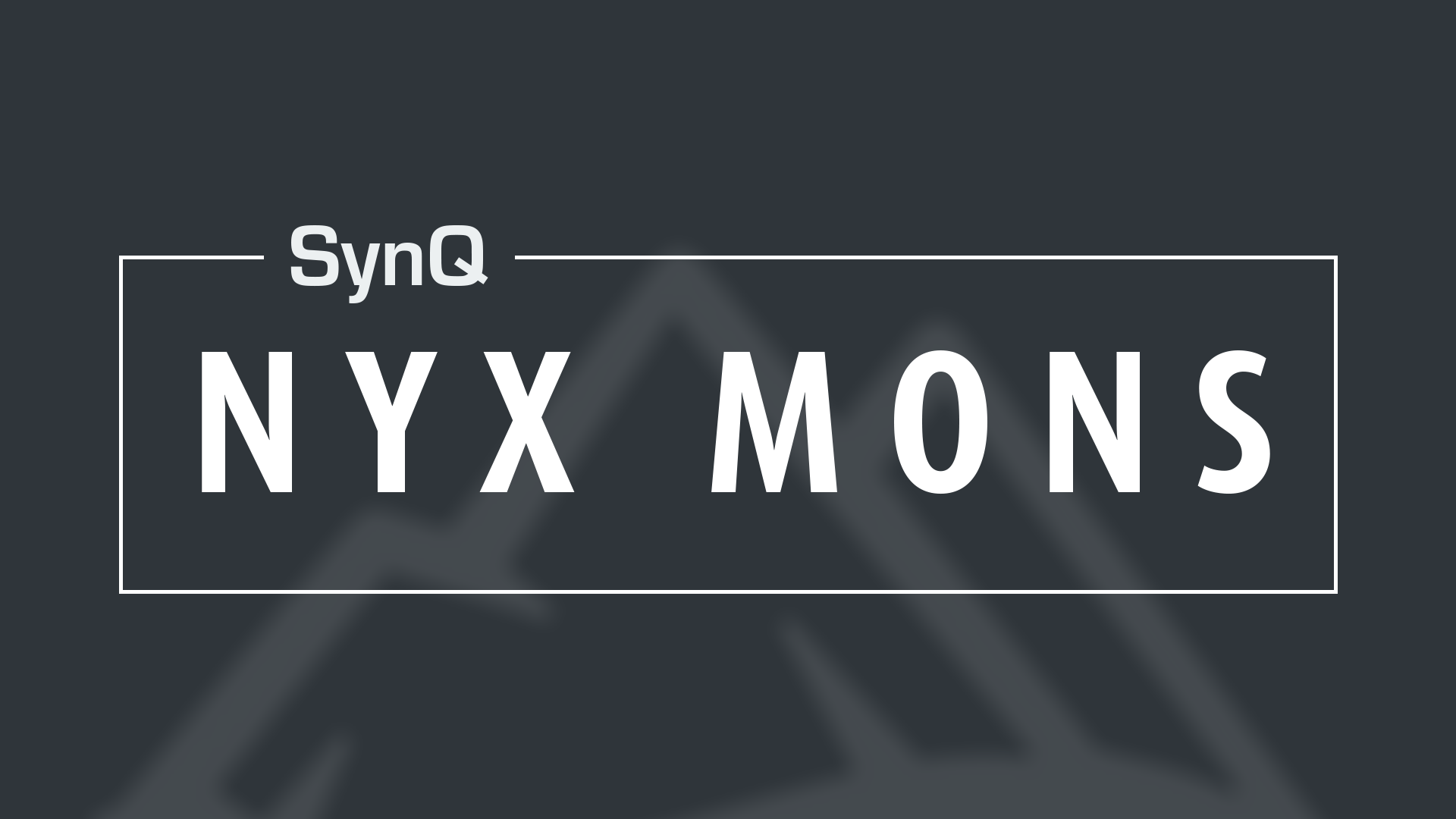PROJECT OVERVIEW
Cardano (The blockchain powered by the ADA token) is a next-generation cryptocurrency developed by Charles Hoskinson, one of the co-founders of the Ethereum project. Originally sold as an ICO in 2016, the project has quietly been in development for well over a year, and is now the first new coin to be added to Bittrex in months. Cardano is a fully featured, smart-contract capable platform (Equivalent to NEO, QTUM, ETH, etc.) designed by teams of PhDs across three continents, offering far faster transaction speeds, rock-solid reliability, quantum computing resistance, and other bleeding-edge features. According to the ICO documentation, initial smart-applications for Cardano will be a casino and an integration with the mobile gaming market, with many more exciting applications to come. There are also plans underway to establish a Cardano Debit card that users can use to spend their ADA anywhere in the world. Cardano is quite possibly the most technologically advanced and future-proof blockchain available to date, and is sure to become one of the most talked-about coins in the days to come!
ICO ANALYSIS
The Cardano ICO took place in 4 stages between September 2015 – January2017 with heavy Know Your Customer (KYC) requirements. It was marketed as an “investment to retire on” to primarily Japanese investors; in fact, 95% of the buyers were of Japanese origin[1], primarily in the 35-55 age bracket. 2.56% of buyers were Korean[1], and 2.39% were Chinese[1]. The ICO oversaw a total sale of approximately 26,000,000,000 of the 45,000,000,000 total supply of ADA tokens. At the conclusion of the ICO a total of approximately $63 million USD was raised; this puts the price at an average of $0.00242 per ADA, and the market capitalization immediately after the ICO at approximately $109 million USD. But if you’re looking to buy this token (which we recommend you do at some point, even if it is just a little), consider this: Bittrex is an exchange where approximately 5% of traffic is Japanese, and on top of this, it will take over a week for customers to be approved to withdraw significant amounts of BTC. Given that there are basically no Japanese traders on Bittrex, and the less than 1 week notice that ADA holders had to create a Bittrex account if they didn’t already have one, the supply shortage of ADA alone should cause some drastic price fluctuations in the short term while it is the only major exchange to list the project.
BLOCKCHAIN ANALYSIS
Cardano is aiming to be the next-level competitor for BTC and ETH. Striving for a middle-ground between regulation and anonymity, Cardano is built with 2 layers:
CSL
CSL, is a blockchain token with a unique “provably secure” POS protocol (Ouroboros) that claims to be “the first of kind with a rigorous security analysis”. The second, CLL, is a computation layer upon which code may be run.
“Sophisticated decentralized applications (DApps) and smart contracts will be able to run independently of the CSL. Cardano applications can be customized to meet the regulatory requirements of a particular use-case. This means where regulatory oversight is required it can be given, on an application-by-application basis.”
ADA
The token that will be used in this ecosystem will be called ADA. Though the concept sounds very similar to ETH and BTC, ADA differs on numerous key details.
Improving on the past, Cardano wants to be an adaptive system. “Token holders can vote on how to change the protocol, capturing stakeholder intent and reducing the potential for fragmentation. Updates to the software will need to be made through soft forks. Governance has been carefully designed, and every ADA holder can take part.” ADA holders are also able to influence how ADA is funded. “Cardano uses a treasury system, which allocates a percentage of the block reward into a pool of capital for costs deemed necessary for the network, and a voting system for stakeholders to decide what to fund. This could include competing development teams; marketing efforts; hackathons; venture capital.”
TEAM ANALYSIS
Cardano is a collective of 3 entities:
The Cardano Foundation is the promotor, educator, and standard body for the blockchain and its apps. “The Foundation will provide a formal specification and standardization process — critical for enterprise adoption and government engagement.”
IOHK is the engineering company that’s building the platform. IOHK has a very strong team (https://iohk.io/team/) and they are the ones behind the POS protocol (https://iohk.io/research/papers/#9BKRHCSI). Charles Hoskinson, one of the founders, was formerly the CEO of the Ethereum project (Dec, 2013 – May, 2014). “All research is peer-reviewed and published in accordance with the project’s transparent aims.” Their security is also verified by 3rd-party audits. ” IOHK has retained leading firms to perform these functions. With leading academics and engineers, peer-reviewed proofs of security, and independent auditing, IOHK’s work gives Cardano the guarantees of formal security that nurture confidence in the platform for scalable high-value applications.”
Emurgo, a business partner that will incentivize growth on the Cardano blockchain – by funding start-ups building dApps on the Cardano blockchain, as well as providing the tools, teams, and expertise for companies to build upon.
ADDITIONAL INFORMATION
Although Bittrex is the first confirmed exchange, multiple exchanges have agreed to list the Cardano project. (Figure 2)
The Project had been stress tested close to the launch date to ensure a smooth rollout of the chain. The engineer behind the tests described the results as “boring”. When you’re looking for bad news, such a result is most certainly good news! (Refer to “images” for the source).
IOHK is described as a “world-class blockchain engineering company” which is contract to be responsible for building the Cardano blockchain through 2020. Some of their other projects include Ethereum Classic and Scorex, the latter aims to act as a bridge for not only competing protocols, but also for traditional networking infrastructure.
RESOURCES
- Foundation – https://cardanofoundation.org/foundation/
- GitHub – https://github.com/input-output-hk/cardano-sl
- Papers – https://iohk.io/research/papers/#9BKRHCSI
- Slack – https://cardano.herokuapp.com/
- Team – https://iohk.io/projects/cardano/#team
- Twitter – https://twitter.com/@InputOutputHK
- Wallet – https://daedaluswallet.io/
SOURCES
- https://www.cardanohub.org/en/audit-report-summary/
- https://cardanofoundation.org/foundation/
- https://www.cardanohub.org/en/genesis-block-distribution/
- https://iohk.io/projects/cardano/#team
- https://iohk.io/team/
- https://www.youtube.com/watch?v=hdDK-n3FoWI
- https://www.cardanohub.org/en/genesis-block-distribution/
- https://medium.com/@classicether/stage-is-set-for-initial-coin-offerings-on-ethereum-classic-blockchain-a364a849681f
- http://kasoutsuuka.net/index.php?%E8%A9%90%E6%AC%BA%E3%82%B3%E3%82%A4%E3%83%B3%E3%81%AE%E8%A6%8B%E5%88%86%E3%81%91%E6%96%B9
- https://medium.com/@classicether/out-of-the-ether-a-crisis-of-irresponsible-governance-facing-ethereum-classic-a77abdd7a9fa
IMAGES
- ADA overview – https://imgur.com/IValQwh
- Mainnet Overview – https://i.imgur.com/mq85JNf.jpg
- Stress Test results: https://i.imgur.com/nHJWQLh.png
- Voucher Distribution Stats – https://imgur.com/zhTlHcB
CONTRIBUTORS
The CryptoSyndicate
- Enrique (@nrek) – swarm study, Business Analysis
- Karth (@karth) – blind study, Fundamental Analysis
- Duy (@duyisalilazn) – blind study, Fundamental Analysis
- Snowy1nl (@snowy1nl) – swarm study, Market Analysis
CryptoSyndicate Members
- Aboogee (@aboogee)
- Adam (@Stun)
- Dan (@Dan)
- Koby (@Kobx)
- Mohammad (@Finalizer)
- Haig Stewart (@o0o)
- Pr0fessorx (@pr0fessorx)
- Sam (@SamBRoberts)



